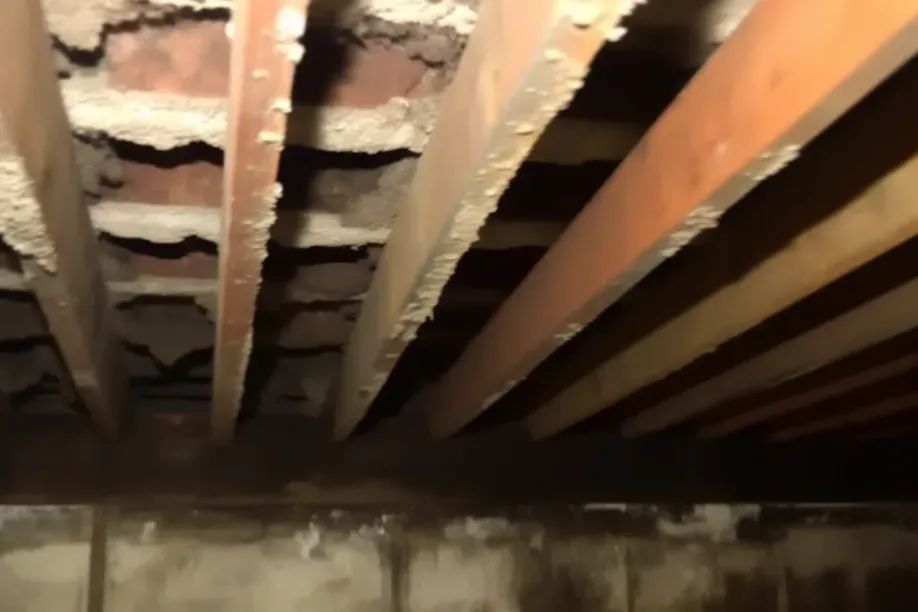
Maintaining a dry crawl space is more than just a matter of routine home maintenance; it's a crucial step in safeguarding the overall health and integrity of your home. Crawl spaces, often overlooked, play a significant role in the overall air quality and structural soundness of a building. When these areas become damp or moist, they can lead to a host of problems, some of which can have far-reaching implications for both the property and its inhabitants.
Excess moisture in crawl spaces is a common yet serious issue. It can lead to the growth of mold and mildew, which not only poses health risks but also contributes to unpleasant odors and potential structural damage. Moisture can also attract pests, like termites and rodents, which can further compromise the integrity of your home. Moreover, damp crawl spaces can lead to increased energy costs, as excess moisture can affect the efficiency of heating and cooling systems.
Understanding Humidity in Crawl Spaces
Managing humidity in crawl spaces is crucial for maintaining the structural integrity and air quality of your home. Understanding the causes and impacts of high humidity in these areas is the first step towards effective moisture control.
Causes of High Humidity in Crawl Spaces
Several factors contribute to high humidity levels in crawl spaces:
- Ground Evaporation: Moisture naturally rises from the ground, especially in areas with high water tables or poor drainage. This evaporation increases humidity levels in crawl spaces, particularly if they are not properly sealed or ventilated.
- External Leaks: Water from external sources, such as rainwater or melting snow, can seep into crawl spaces through cracks or gaps in the foundation. Poorly directed downspouts and gutters can exacerbate this problem by directing water towards the foundation.
- Internal Sources: Leaks from internal plumbing or HVAC systems can also introduce moisture into crawl spaces. Condensation from air conditioning units and pipes can accumulate over time, increasing humidity levels.
- Climate Factors: In regions with naturally high humidity, the external air can contribute to increased moisture levels in crawl spaces.
Impact of Humidity on Crawl Spaces
Excess humidity in crawl spaces can have several detrimental effects:
- Mold Growth: High moisture levels create an ideal environment for mold and mildew. These fungi not only cause unpleasant odors but can also lead to health issues, particularly for individuals with allergies or respiratory problems.
- Structural Damage: Prolonged exposure to moisture can weaken wooden structures, including beams and flooring, leading to rot and decay. This compromises the structural integrity of the home and can lead to costly repairs.
- Poor Air Quality: Crawl spaces with high humidity can affect the overall air quality of the home. Moist air from the crawl space can circulate throughout the house, carrying mold spores and musty odors, which can be particularly problematic for indoor air quality.
Understanding the causes and impacts of humidity in crawl spaces is essential for homeowners. By addressing these issues, you can protect your home from mold, structural damage, and ensure a healthier living environment.
Assessing Your Crawl Space Humidity Levels
Regularly assessing the humidity levels in your crawl space is essential for maintaining a healthy and structurally sound home. Understanding how to measure and interpret these levels can help you identify potential issues before they escalate.
Tools for Measuring Humidity
To effectively monitor the humidity levels in your crawl space, you'll need the right tools. One of the most reliable and accessible tools is a hygrometer:
- Hygrometers: These devices measure the amount of moisture in the air, providing a humidity reading as a percentage. There are various types of hygrometers available, ranging from simple analog devices to more advanced digital models that can record and track humidity over time.
- Smart Home Sensors: For a more high-tech approach, smart home sensors can be installed to monitor humidity levels. These devices can be connected to your smartphone or home automation system, allowing you to check the humidity levels remotely and receive alerts if the humidity exceeds a certain threshold.
- Moisture Meters: While not specifically designed for air humidity, moisture meters can be used to measure the moisture content in the crawl space materials, like wood. This can give you an indication of the overall moisture level in the area.
Interpreting Humidity Readings
Understanding what your humidity readings mean is crucial in assessing the health of your crawl space:
- Normal Humidity Levels: In general, a healthy crawl space should maintain a humidity level between 30% and 50%. This range helps prevent mold growth and does not contribute to structural deterioration.
- High Humidity Levels: Readings above 50% are considered high and can create an environment conducive to mold growth and other moisture-related issues. If your crawl space consistently shows high humidity levels, it's time to investigate potential causes and consider dehumidification solutions.
- Seasonal Variations: Keep in mind that humidity levels can vary with the seasons. Higher readings might be more common in the summer months or in rainy seasons, depending on your geographic location.
Regular monitoring of your crawl space's humidity levels is a proactive step in maintaining the health of your home. By using the right tools and understanding the readings, you can effectively manage the moisture levels and prevent the myriad problems associated with high humidity.
Basic Dehumidification Strategies
Effective dehumidification of crawl spaces is essential for preventing mold growth and maintaining the structural integrity of your home. Two fundamental strategies are improving ventilation and addressing sources of moisture.
Improving Ventilation
Enhancing natural ventilation in crawl spaces can significantly reduce humidity levels. Here are some tips and considerations:
- Increase Air Circulation: Ensure that vents in your crawl space are clear of obstructions. Proper air circulation can help reduce moisture levels.
- Install Vents in Strategic Locations: If your crawl space has insufficient ventilation, consider installing additional vents. Placement is key; vents should be located to allow for cross-ventilation.
Pros and Cons of Vented vs. Sealed Crawl Spaces:
- Vented Crawl Spaces: Traditionally, crawl spaces have been vented to allow outside air to circulate and reduce moisture. However, this can be counterproductive in humid climates, as it may introduce more moist air into the space.
- Sealed Crawl Spaces: Sealing the crawl space and using a dehumidifier can be more effective in controlling humidity, especially in areas with high outdoor humidity. This method can also improve energy efficiency but may require professional installation and maintenance.
Addressing Sources of Moisture
Identifying and rectifying external sources of moisture is crucial in dehumidification:
- Gutter and Downspout Adjustments: Ensure that gutters and downspouts are functioning correctly and directing water away from your home's foundation. Clogged or damaged gutters can lead to water accumulation around the crawl space.
- Landscaping and Grading: The slope of the land around your home should direct water away from the foundation. Consider regrading if necessary. Additionally, landscaping should be designed to facilitate drainage away from the house.
- Repair Leaks and Cracks: Regularly inspect the exterior of your home for leaks or cracks in the foundation. Sealing these can prevent water from seeping into the crawl space.
- Proper Insulation: Insulating water pipes can prevent condensation, a common source of moisture in crawl spaces.
By implementing these basic dehumidification strategies, you can significantly reduce the risk of moisture-related problems in your crawl space. Regular maintenance and monitoring are key to ensuring these methods remain effective over time.
Advanced Dehumidification Techniques
For homeowners facing persistent humidity issues in their crawl spaces, advanced dehumidification techniques can offer effective solutions. Two of the most effective methods are using dehumidifiers and crawl space encapsulation.
Using Dehumidifiers
Dehumidifiers play a crucial role in maintaining a dry crawl space, especially in areas prone to high humidity. Here’s a guide to choosing and using them effectively:
- Choosing the Right Dehumidifier: Select a dehumidifier based on the size of your crawl space and the typical humidity levels. Look for models designed specifically for crawl spaces, as they are built to handle harsher conditions and have higher capacity.
- Placement and Installation: Place the dehumidifier in a central location to ensure even distribution of air. Ensure it's easily accessible for maintenance and that it drains properly, either into a sump pump or outside the crawl space.
- Maintenance Tips: Regular maintenance is key for optimal performance. This includes cleaning or replacing the air filter, ensuring the coils are free of dust and debris, and checking the drainage system to prevent water buildup.
Crawl Space Encapsulation
Crawl space encapsulation is a comprehensive solution for humidity control. It involves completely sealing the crawl space from external elements.
- Benefits of Encapsulation: Encapsulation transforms your crawl space into a dry, controlled environment. This prevents mold growth, improves air quality, and can even increase energy efficiency by reducing the load on HVAC systems.
- Encapsulation Process: The process involves covering the crawl space floors and walls with a heavy-duty polyethylene barrier. All seams are sealed, and the barrier is also typically extended to cover foundation walls and piers.
- Materials Used: High-quality, durable materials are essential for effective encapsulation. This includes puncture-resistant polyethylene sheeting, water-resistant tape for sealing seams, and potentially insulation materials for thermal control.
- Professional Installation: While it’s possible for experienced DIYers to undertake encapsulation, professional installation is often recommended. Professionals can ensure a thorough and effective seal, and they can also address any pre-existing issues like mold or water damage.
Advanced dehumidification techniques like using dehumidifiers and encapsulation are effective ways to control humidity in crawl spaces. These methods not only protect the structural integrity of your home but also contribute to a healthier living environment.
Long-Term Maintenance and Monitoring
Ensuring the long-term effectiveness of dehumidification in your crawl space requires consistent maintenance and monitoring. A proactive approach can prevent minor issues from escalating into major problems.
Regular Checks and Maintenance
Establishing a routine for inspections and maintenance is key to the longevity of your dehumidification systems. Here’s a suggested schedule:
- Monthly Checks: Briefly inspect your crawl space and dehumidifier each month. Look for any signs of moisture, such as water pooling or damp spots. Check the dehumidifier for any obvious issues like blockages or leaks.
- Quarterly Maintenance: Every three months, perform a more thorough inspection. Clean or replace the air filters of your dehumidifier, check the drainage system, and ensure that vents and barriers are intact and free from damage.
- Annual Professional Inspection: Once a year, it’s advisable to have a professional inspect your crawl space and dehumidification system. They can identify potential issues that may not be obvious and ensure that your system is operating efficiently.
Adjusting Techniques Seasonally
Adapting your dehumidification strategies to the changing seasons can enhance their effectiveness:
- Summer and Humid Months: During humid months, your dehumidifier will likely need to work harder. Monitor it closely to ensure it’s effectively managing the increased moisture levels. You might need to empty the water collection reservoir more frequently if your unit doesn’t drain externally.
- Winter and Dry Months: In colder, drier months, you may be able to reduce the operation of your dehumidifier. However, it’s still important to monitor the crawl space, as the heating of your home can create pockets of warm air that lead to condensation.
- Weather Events: Be vigilant during and after heavy rains or snow melts. These events can introduce additional moisture into your crawl space, requiring increased dehumidification efforts.
- Ventilation Adjustments: If your crawl space is vented, consider the outside air conditions. In very humid weather, you might want to close vents to prevent moist air from entering, while in dry conditions, opening them can aid in natural ventilation.
Regular maintenance and seasonal adjustments are crucial for effective long-term dehumidification of your crawl space. By staying vigilant and adapting to changing conditions, you can maintain a dry and healthy environment under your home.
Effective dehumidification of crawl spaces is not just a task on a homeowner's maintenance checklist; it's a crucial practice for preserving the health and longevity of your home. The journey through understanding and implementing crawl space dehumidification strategies underscores its significance in maintaining a stable and healthy living environment.
The dampness typically found in crawl spaces can lead to a host of problems, from mold growth and wood rot to compromised air quality that can affect the entire home. By actively managing the humidity levels in these spaces, you not only prevent these issues but also contribute to the overall energy efficiency and structural integrity of your home.
Taking proactive steps towards crawl space dehumidification is an investment in your home’s future. Regular checks and maintenance, adapting to seasonal changes, and responding promptly to any signs of increased humidity are key actions that safeguard your home.
Whether it’s through simple measures like ensuring proper ventilation or more advanced techniques like using dehumidifiers and encapsulation, each step is integral to the process.
As we conclude, it’s important to remember that the efforts you put into controlling humidity in your crawl space have long-term benefits. A dry and well-maintained crawl space is more than just a structural necessity; it’s a foundation for a healthy living environment. The peace of mind that comes from knowing your home is protected from moisture-related issues is invaluable. So, we encourage you to embrace these practices, not just as a routine but as a commitment to the health and longevity of your home.
In the end, the time and resources invested in proper humidity control in your crawl space are a testament to your dedication to maintaining a safe, healthy, and enduring home for you and your loved ones.
FAQs
Contact Bull City Crawlspace Today!
Bull City Crawlspace will do everything we can to ensure your experience with us is excellent.
Request A FREE Estimate
Request a Free Estimate Form
Checkout Recent Post
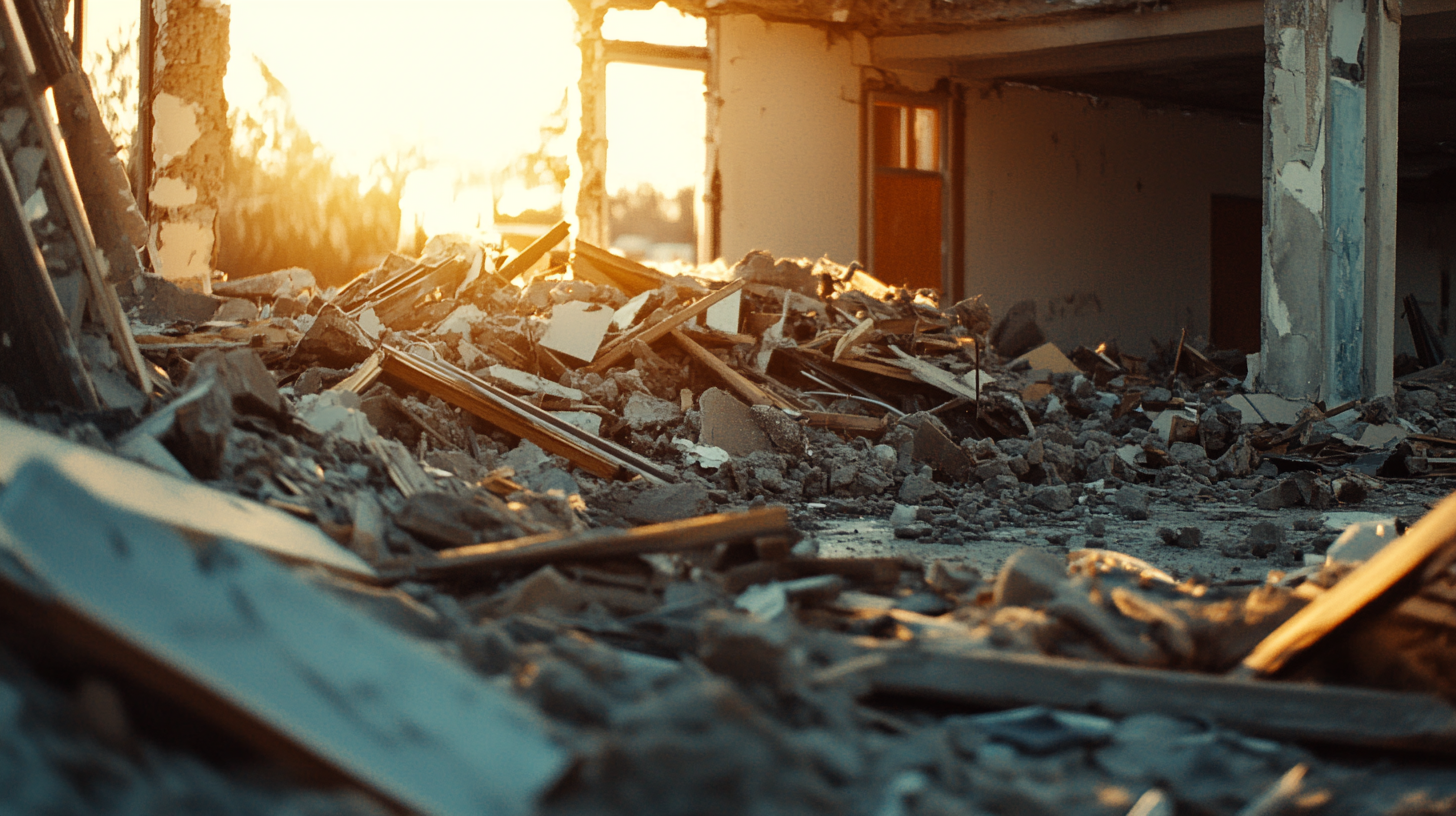
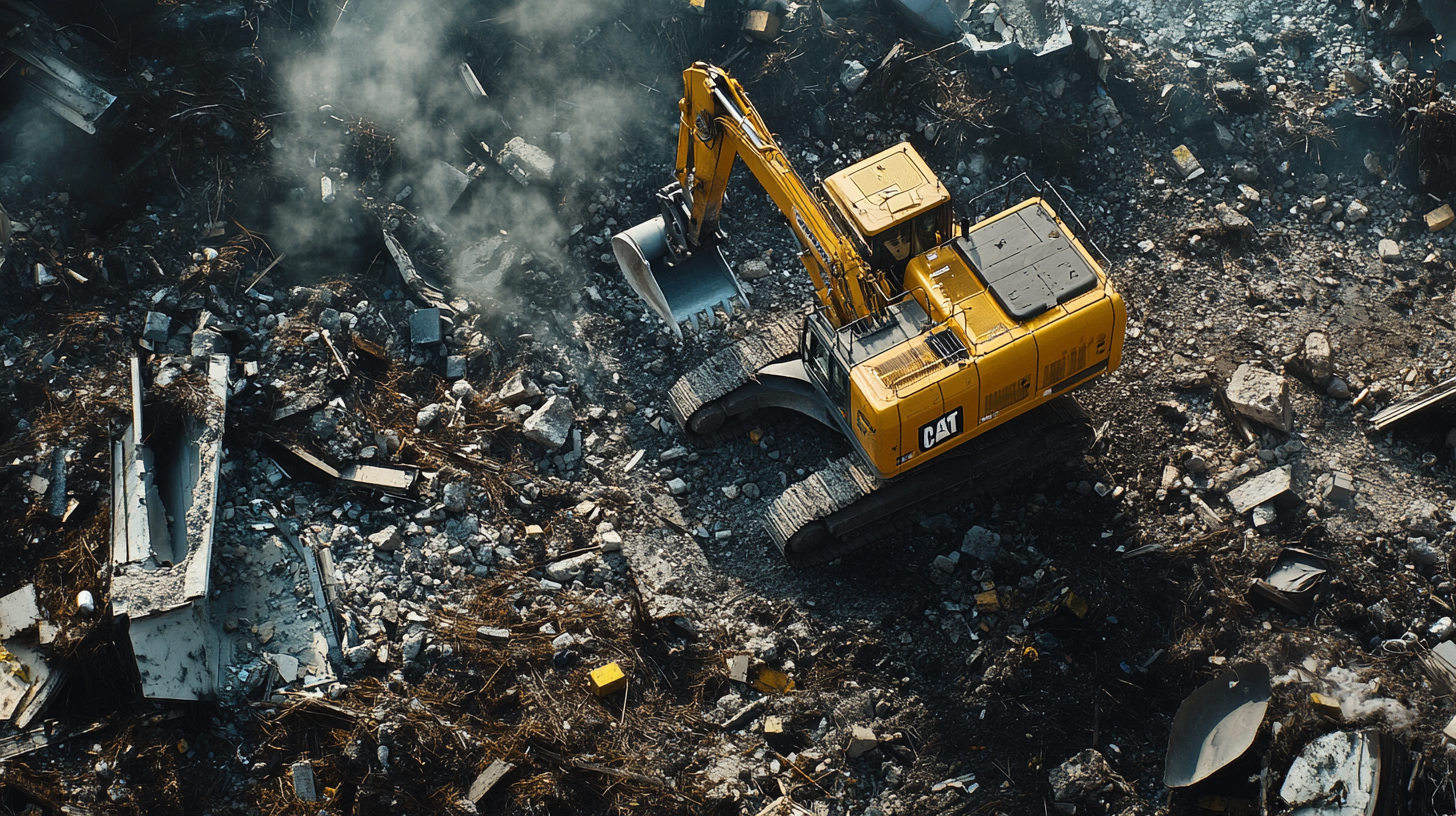
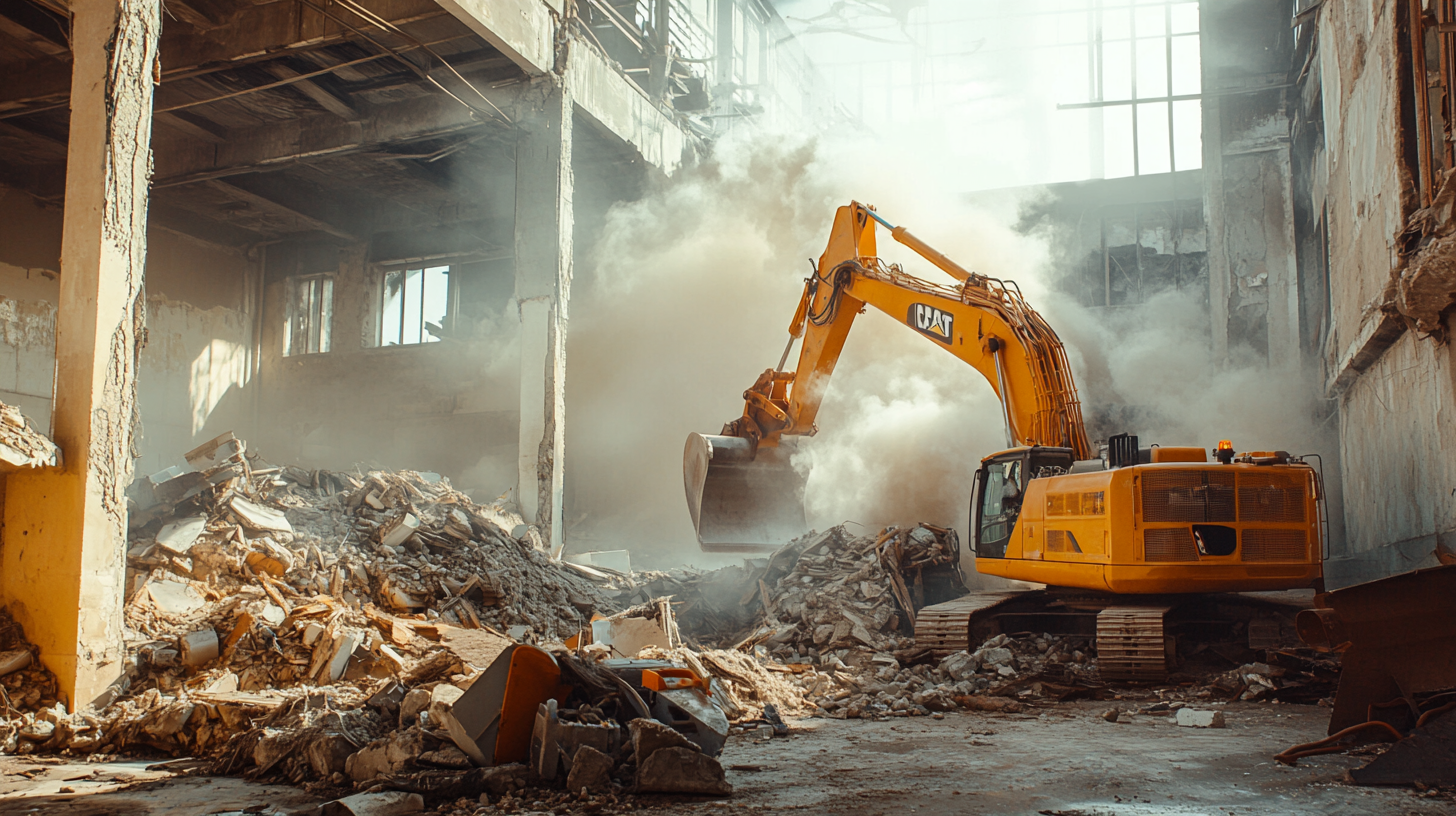
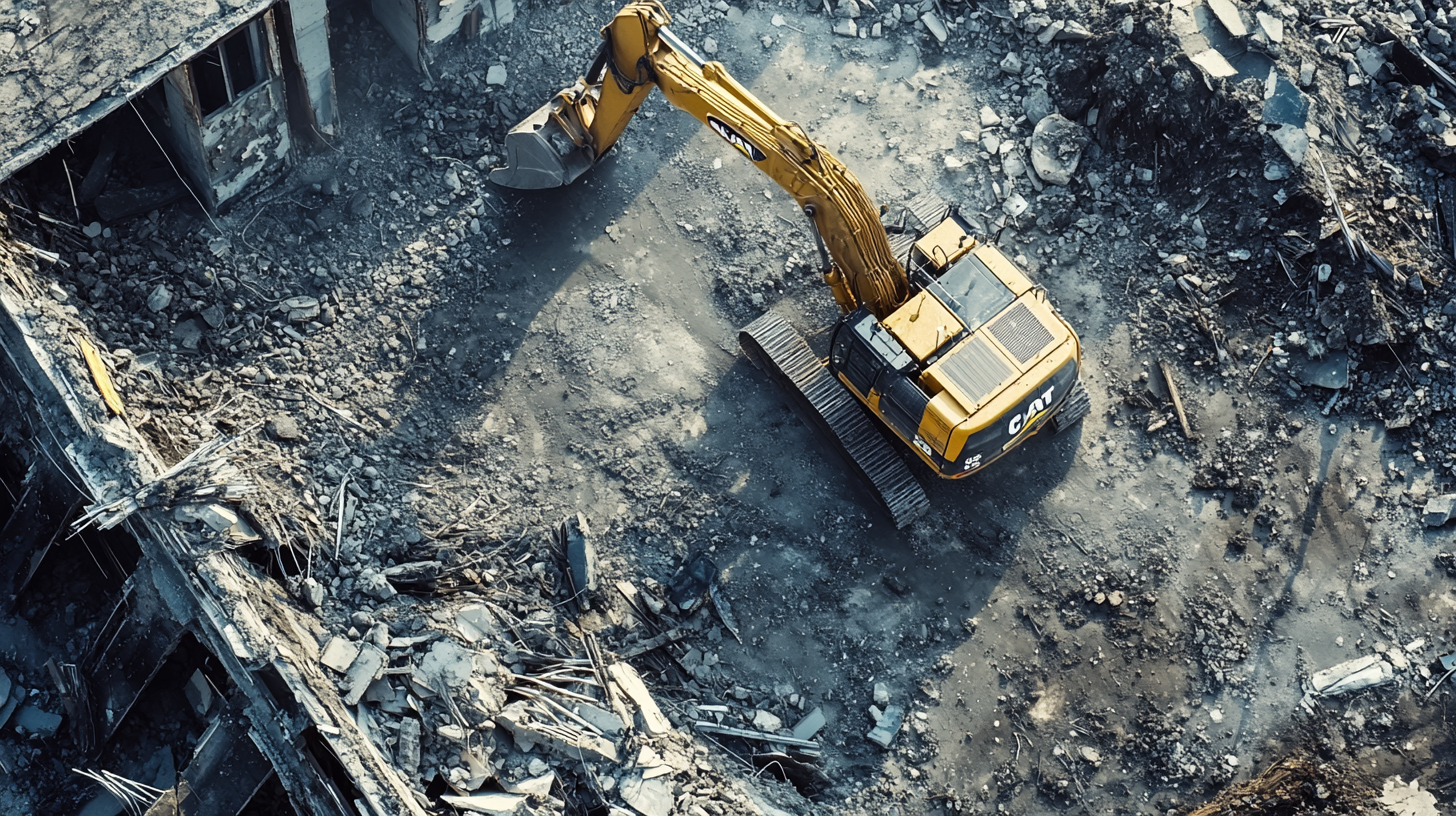
Got a Question? We’re Here to Help.
You can arrange an appointment or make an enquiry by phone or email, orget in touch to us via our contact form.

